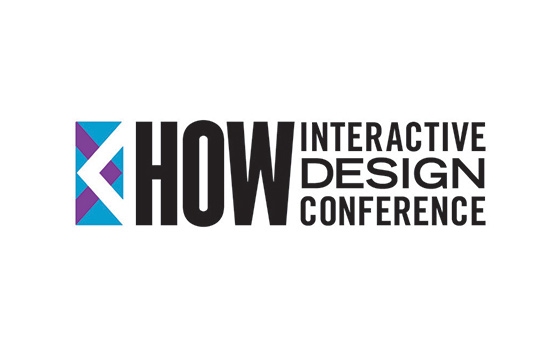
The natural state of a web project manager is one in conflict with itself: to enjoy your job, you must thrive on the approval and happiness of your clients but to do your job well, you inevitably have to tell clients no…and quite often. Even with years of experience, knowing how and when to deliver bad news is the hardest part of my job. While it may never become easy, I have learned a few lessons on how to do it well along the way.
There’s no better time to break bad news than now.
A professor of mine in college had a post it note on her computer that said ‘EAT A FROG.’ She explained that the frog was a metaphor for the one task in your day that you dread most. The best thing to do is go ahead, and eat the frog first thing. This has become my motto when it comes to telling clients something that may cause waves.
There’s no better time to deliver difficult news than the moment you’ve been made aware of it. It’s never going to get easier or better later. Breaking the news early is better for everyone, but it’s particularly good for the person delivering that news. The longer news like this brews in your mind, the more emotional and apprehensive you’ll become about delivering it. You think about it on your commute home, as you’re spending time with family, as you’re falling asleep. It can color your interactions with the other party in negative ways that you might not even realize.
Diffuse the situation with data.
Delivering bad news is easy when it’s an honest mistake: our fault, our fix. It’s in the gray area where things get tricky, like explaining why a request is out of scope, why the design they’re in love with is going to be a nightmare to implement, or that our cost estimates were off and it’s time to add to budget. In these situations, the best thing to do is explain it as fully as you can to the client and get them seeing things from your perspective.
One of the most difficult meetings I’ve had with a client was when we let them know that we’d have to change the way we go about pricing our work with them. Going into the meeting, we had a full 2 years of data logged from our time sheets organized into categories each month ready to share with the client. Seeing those numbers immediately diffused the situation. It showed that we were not arbitrarily imposing the change, but had objective reasons for it. Once the client recognized the inequality in the relationship, they completely understood why it needed to change.
Apologies are good. Explanations are better.
There’s a time and place for issuing a brief but heartfelt apology, but it’s important to not get too indulgent. Explanations are far more productive than apologies for everyone involved. It puts the focus back on understanding how the problem occurred and how to prevent it in the future. The sooner you can guide the conversation toward a solution to the issue, the happier everyone will be.
Apologies can also connote a transactional tone—where one party is now subservient, or indebted to another for the mistake. It’s true that the client is paying for a service, but it’s a human service and won’t be infallible. Bugs will be found, technical barriers will arise, schedules will need readjusting–it’s the nature of web development and the sooner a client understands this the happier they’ll be, and the more successful your partnership will be.
Seeing opportunity in a difficult situation.
Learning how to work through a tough spot with a client can be surprisingly good for building a relationship. It gives both parties the opportunity to be human with one another, and understand the challenges you both face. It can teach you a lot about the character of your clients, your coworkers and yourself. The best client relationships I have are with people who have worked with me through challenging times. We’ve proven to one another that we give a damn and that we have the best interest of one another in mind.


